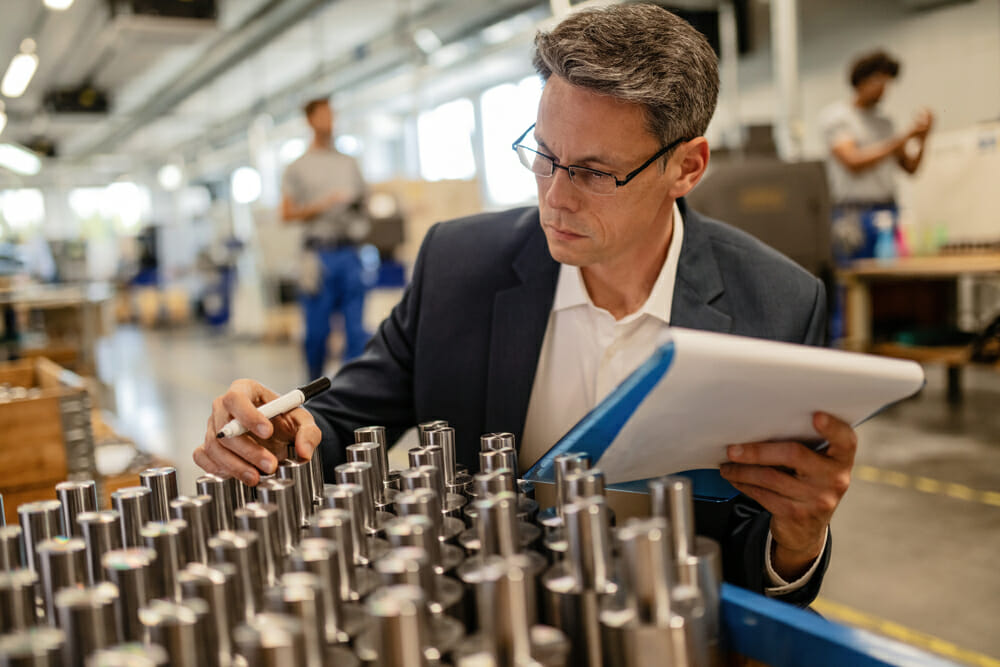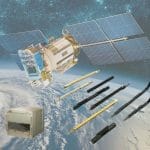Machine vision for quality assurance (QA) has allowed manufacturers to overcome the limitation of human inspection in terms of cost and reliability. However, machine vision projects can be extremely complex and not suited to the technical and financial resources of most businesses. Autonomous Machine Vision has emerged as a new generation in quality assurance to merge the reliability of machine vision with the flexibility and cognitive capacities of human inspectors. Here, Ofer Nir, VP of Products & Marketing at Inspekto, explains the evolution of quality assurance methods.
Machine vision solutions provide manufacturers with a solution to the shortcomings of human-based quality assurance. Given that inspection can be a tedious and repetitive process, human inspectors can miss defects, making this an unreliable method.
Another common problem with human inspection QA is that it’s usually based on sampling, meaning that the majority of the products don’t undergo any QA process at all. Moreover, some products are simply too complex for the human eye to be reliably inspected. Think of a printed circuit board (PCB) as an example — with a huge array of hardy visible components to check, an inspector could easily miss defects that compromise the overall product functionality.
From human-based to automated
Automating QA brings a series of advantages. The first is that automated solutions don’t get tired or bored, meaning that the quality of the inspection process stays unaltered and is kept the same from shift to shift, without changes due to fatigue or to different quality standards between one inspector and the other. The second is that modern QA systems are sensitive enough to spot defects that might go unnoticed by the human eye.
However, conventional machine vision solutions come with a series of pain points — for each type of part (SKU) to be inspected, a tailored solution must be developed, meaning that components have to be selected, assembled and tested by an expert. The solution must then be programmed or/and trained to recognise a set of known or predicted defects. The whole process can be extremely expensive and time-consuming and usually requires the intervention of a machine vision expert.
Once the solution is assembled, trained and tested, it is ready to inspect the product it’s been built for. But what about unpredictable defects? Since machine vision solutions are trained to spot a specific set of defects, anything that falls out of the ordinary might be missed. Moreover, for any production line changeover the whole assembly of the inspection system and programming/training process has to start all over again.
From automated to autonomous
Autonomous Machine Vision (AMV) is a new category of machine vision for industrial QA that mimics the entire human vision process while retaining the reliability and repeatability of industrial machine vision. In AMV, the whole process is automated, not just the decision ‘defected/not-defected’ but all steps, starting from the image acquisition.
As a results, AMV systems are not tailor-made, case-specific solutions, but off-the-shelf products that come pre-trained for a huge variety of use cases, so that the end users can easily instal and deploy them independently and in a very short time.
All that’s left to do is presenting the system with 20 to 30 good sample items — no need for defective ones — so that it can learn the characteristics of the items to be inspected. This is enough for the system to then flag any deviation from the memorized standards.
AMV marks a new chapter in the evolution of industrial QA — from automated yet complex to deploy solutions, to autonomous self-setting, self-learning and self-adjusting systems. With conventional machine vision solutions, manufacturers need huge production volumes to justify the cost and complexity of implementing a QA solution. Autonomous Machine Vision turned QA automation into an easy, affordable and accessible process, thus making it a viable step for manufacturers of every size, in every industry and at any point along their production process – from inspecting incoming goods to the inspection of the final product.
For more information on Autonomous Machine Vision, visit www.inspekto.com.








